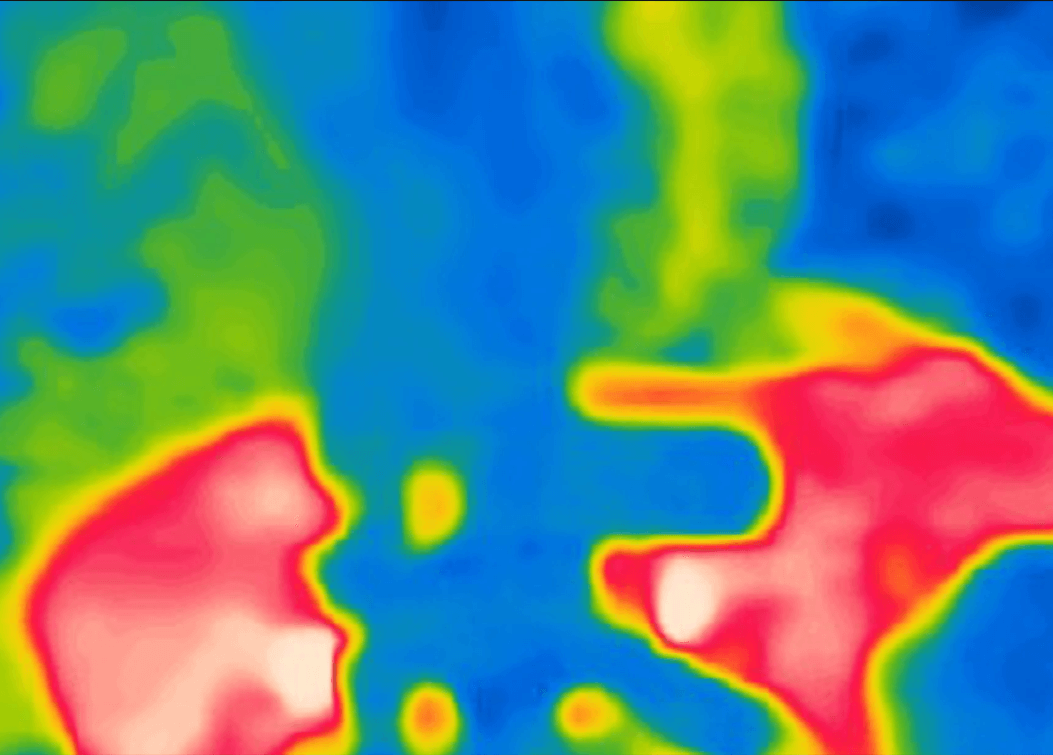



Infrared light, the Night Vision portion of the spectrum and can be split into three categories:
CLASSIFICATIONS
PERFORMANCE ATTRIBUTES
DETECTION RANGES
| DETECTION RANGE | FULL MOON | QTR MOON | STARLIGHT | OVERCAST |
| (6′ MAN with 1x Mag.) | (0.1 lux) | (0.01 lux) | (0.001 lux) | (0.0001 lux) |
| GEN 3 | 890 YDS | 850 YDS | 601 YDS | 220 YDS |
| GEN 2 | 690 YDS | 650 YDS | 430 YDS | 160 YDS |
| WITHOUT NV | 250 YDS | 50 YDS |
